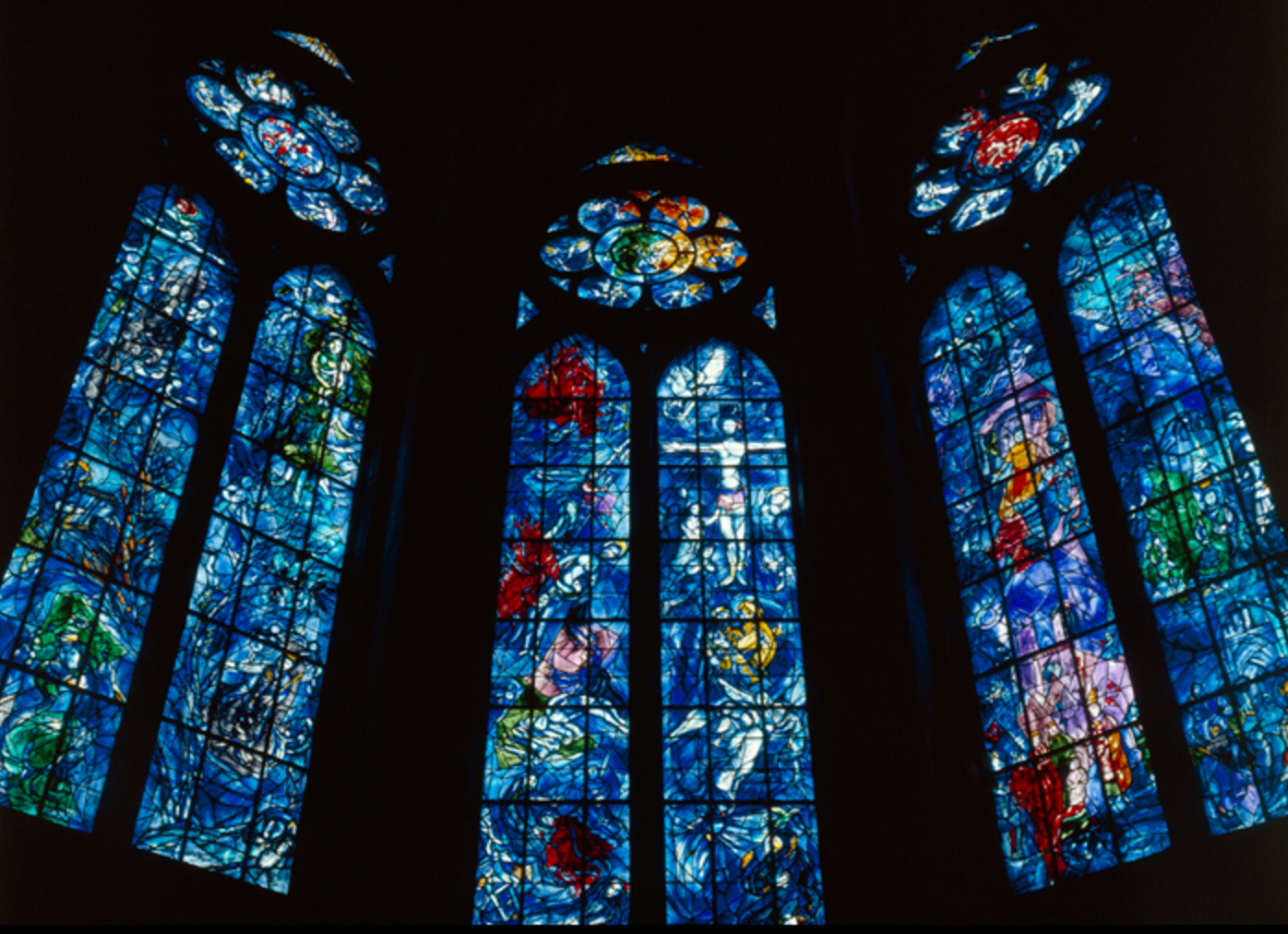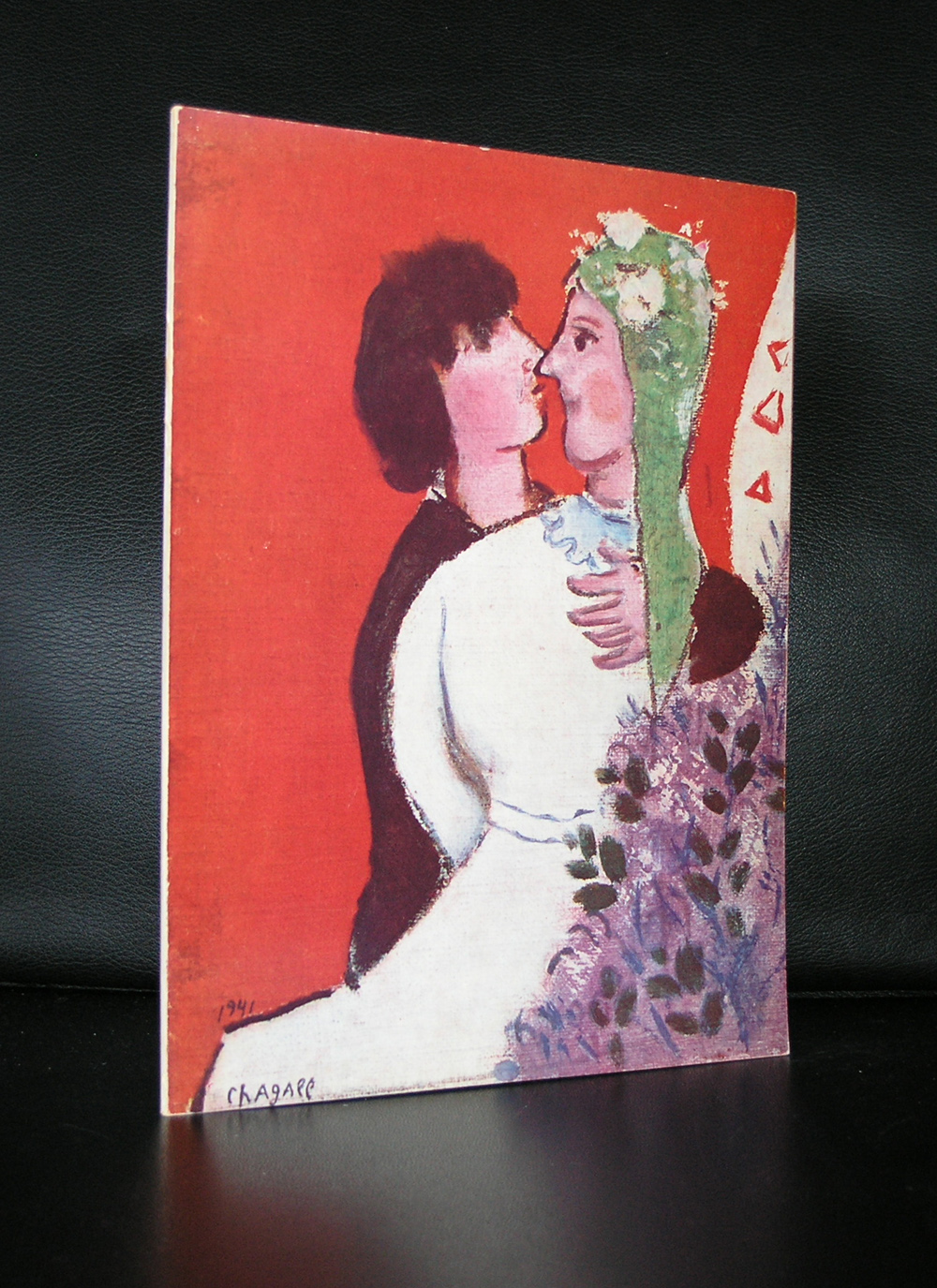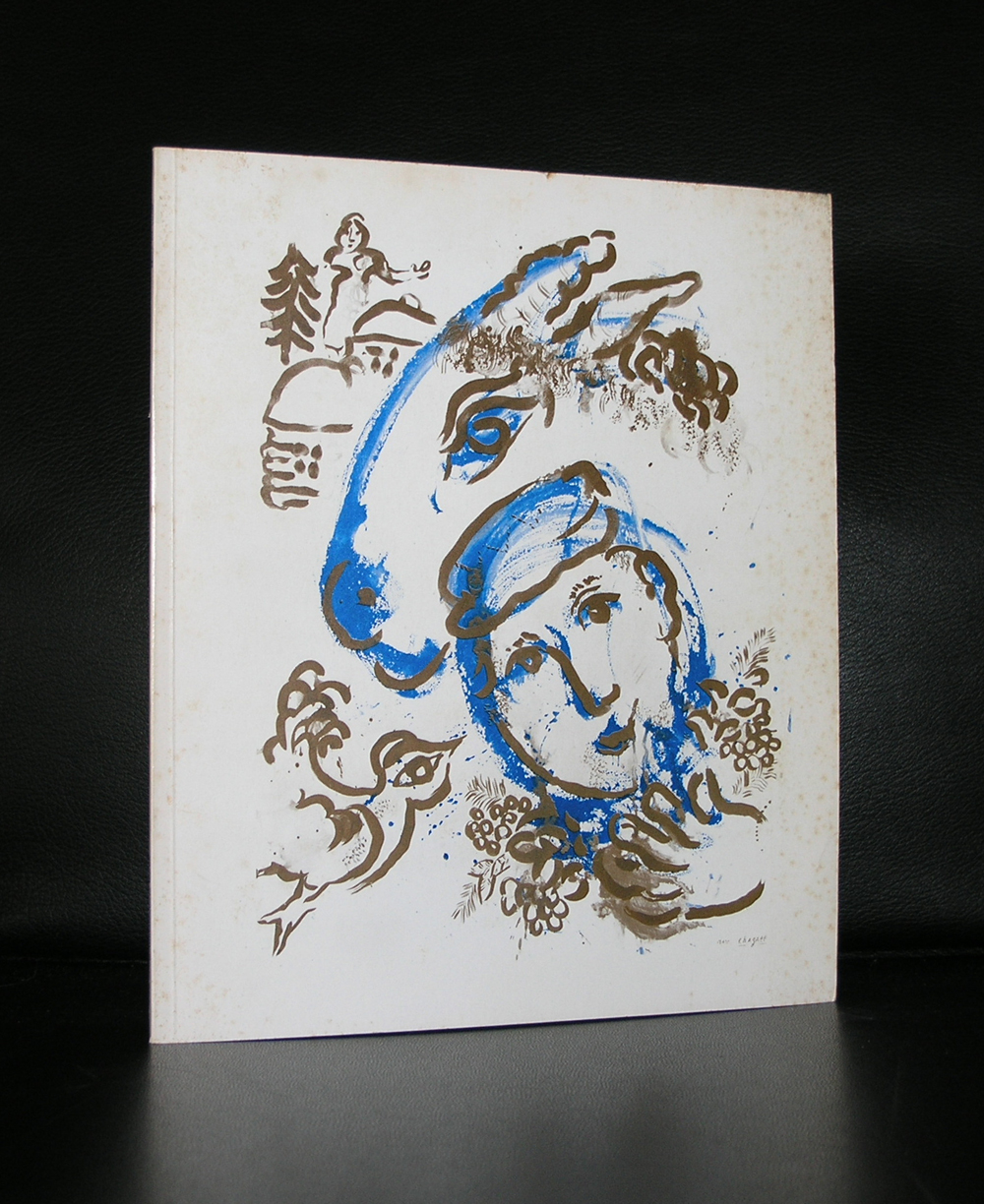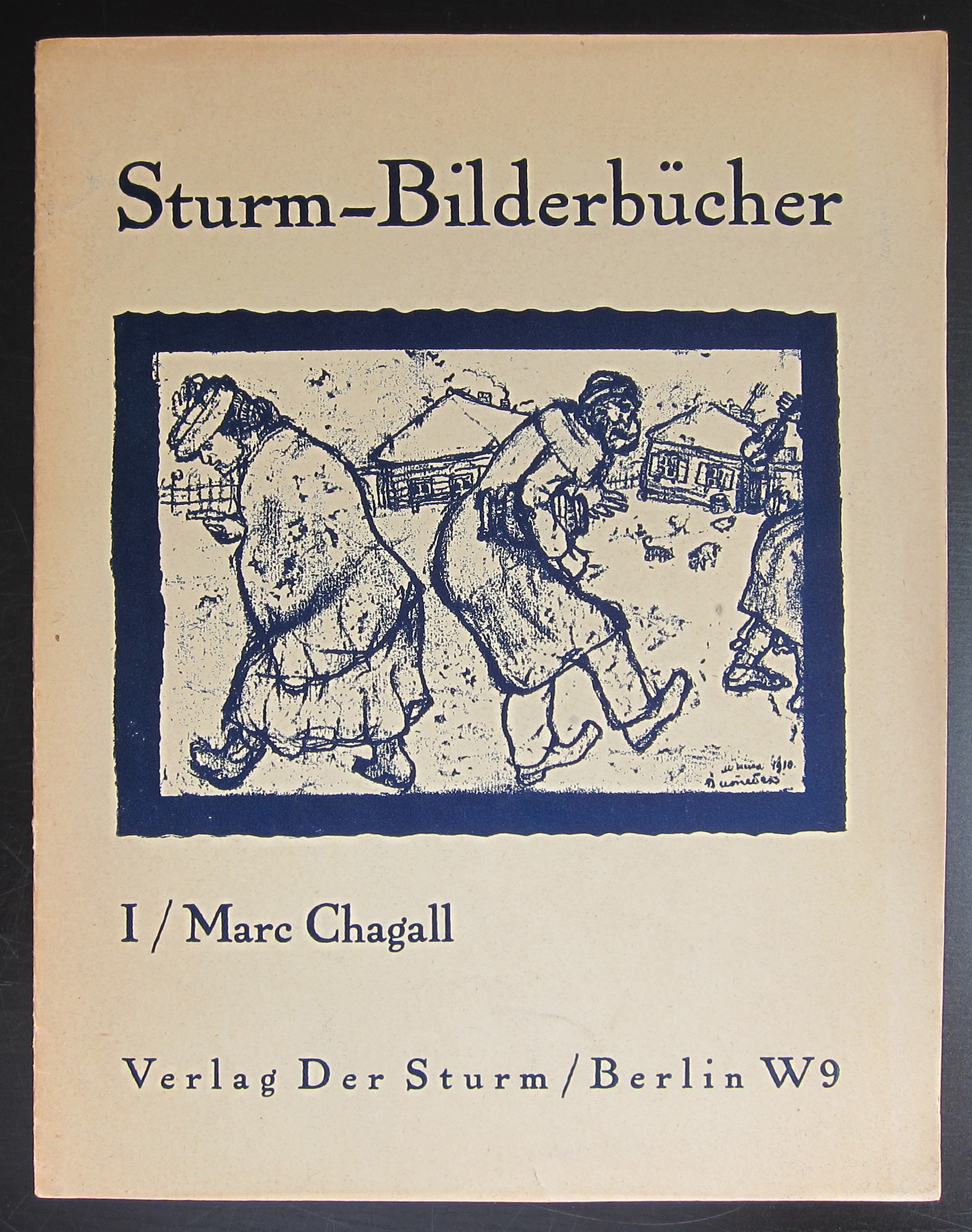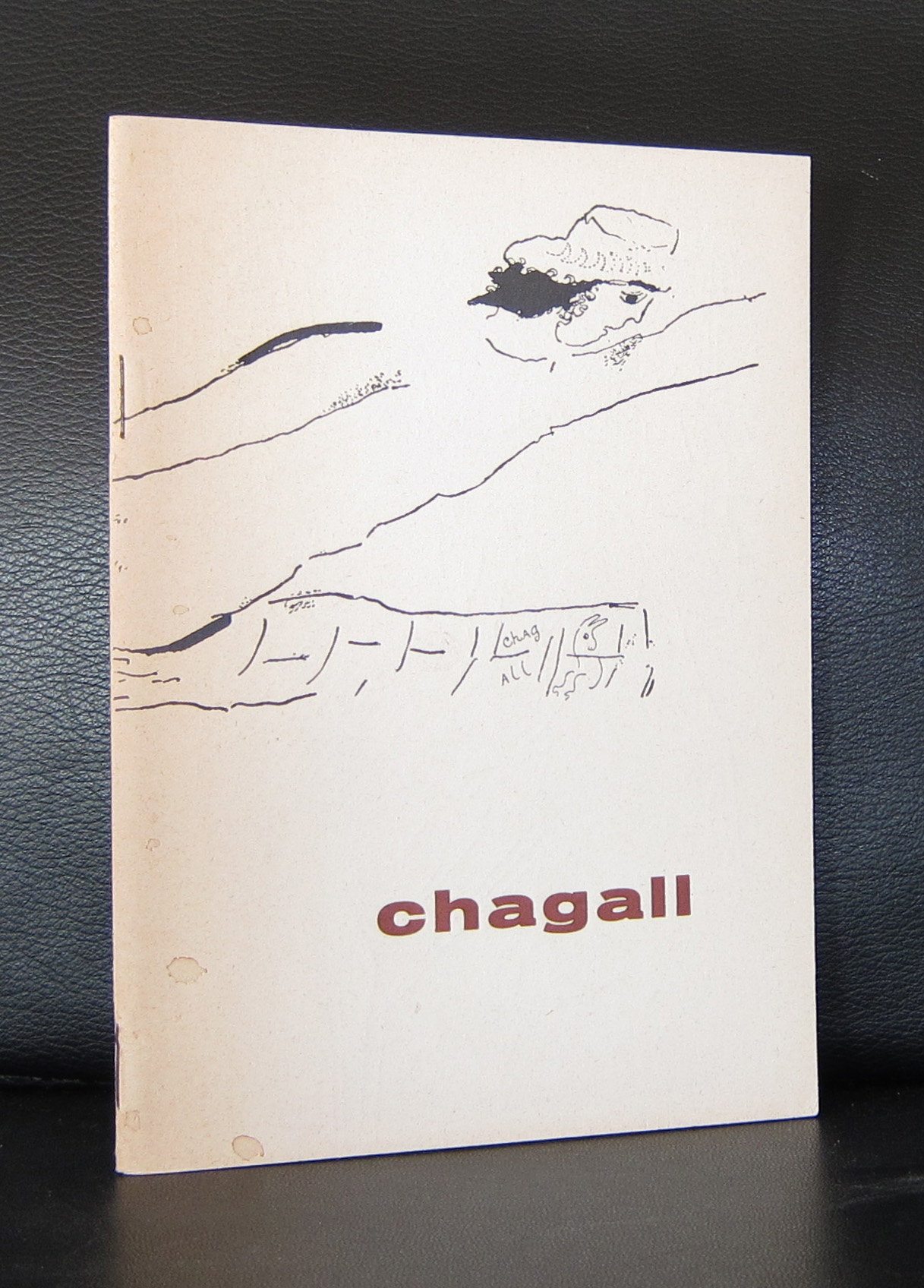
We are relocating!
In the coming weeks we will be occupied with packing and moving our internet store inventory. The entire collection needs to be transferred from Leidschendam to Oegstgeest, and this will take some time.
If all goes according to plan, we will be fully operational again on November 21st, but until then, it may happen that we are unable to immediately assist you with your order. We ask for your understanding, but as soon as possible, your order will be fulfilled with the utmost speed.
François Morellet (1926 – 2016), a prolific self-taught artist who pursued painting, sculpting, and installation throughout a successful career spanning over six decades. His approach to geometric abstraction was radical and innovative, continuously exploring the creative potential of kinetic systems and challenging the viewer’s perception and understanding of the physical picture plane. Through a commitment to basic geometric forms and a methodology of rigorous objectivity and personal detachment, Morellet achieved a unique artistic voice.
In his work, Morellet incorporated a range of materials such as steel, neon tubes, iron, adhesive tape, wire mesh, and wood, effectively breaking down traditional hierarchies and embracing elements of randomness and chance. This playfulness and wit are evident not only in his artwork itself, but also in the titles he gave to each piece, often utilizing tongue-in-cheek puns, parody, and wordplay.
The prolific artist’s dedication to his craft and his transformative use of materials have left a lasting impression on the world of contemporary art. His legacy continues to inspire and captivate audiences, reminding us of the importance of pushing boundaries and constantly evolving.
Born and raised in the charming town of Cholet, France, François Morellet devoted himself entirely to his literary pursuits before returning to take reins of his family’s toy factory. This provided him with financial stability, as well as the opportunity to familiarize himself with various fabrication techniques, ultimately shaping his artistic practice. Initially, Morellet delved into figurative painting in the 1940s, but it was his visit to Brazil in 1950 that proved to be a pivotal moment, exposing him to Concrete art and the captivating works of Max Bill. Other influential figures for the artist include Jean Arp and Theo van Doesburg, along with the precise geometric patterns and ethereal beauty of Islamic decorative art, which he encountered while exploring the Alhambra in Spain in 1952. As a result, Morellet’s works evolved into simple systems and rules, effectively removing his own subjectivity and challenging traditional notions of composition. In his own words, his artistic journey became “an adventure, as whimsical as it is systematic.” In the late 1950s, Morellet was introduced to the “Duo-collages” of Jean Arp and Sophie Taeuber-Arp through his friend, Ellsworth Kelly. This inspired him to incorporate chance as a central element in his works, often creating pieces based on random numbers found in his local phone directory or using the infinite sequence of decimals of pi.
One of the founding members of the experimental artist collective, Groupe de Recherche d’Art Visuel (GRAV), Morellet delved into the possibilities of Kinetic art and the viewer’s active engagement, effectively demystifying the romantic notion of the individual genius artist. Before the group’s formation, Morellet, Piero Manzoni, and several other collaborators were invited to showcase their works at Manzoni’s Galleria Azimuth in Milan. The exhibition was an intriguing one, with the artists’ names withheld at the instigation of none other than François Morellet himself.
Morellet’s oeuvre has been featured in several noteworthy international group exhibitions including Documenta in Kassel, Germany (1964 [in collaboration with GRAV], 1968, and 1977), and the Venice Biennale (1970 and 1990). In 1971, Stedelijk Van Abbemuseum in Eindhoven, the Netherlands organized his debut solo museum exhibition, which subsequently toured across Europe. Noteworthy about the exhibition was the varied presentation of Morellet’s pieces in each venue, creatively experimenting with different orientations such as horizontal, vertical, and even upside down. Some of the major retrospectives of Morellet’s work have been hosted by esteemed institutions such as Nationalgalerie in Berlin (1977), the Centre Pompidou (1986 and 2011), and the Galerie nationale du Jeu de Paume (2000-2001) in Paris. In an unprecedented move, Morellet became only the second living artist to exhibit at the Louvre Museum in 2010, showcasing a site-specific permanent installation titled ‘L’esprit d’escalier’. His work is prominently featured in notable public collections including Centre Pompidou, Dia Art Foundation, Los Angeles Museum of Art, The Museum of Modern Art, New York, the Seoul Museum of Art, Tate Britain, the Tel Aviv Museum, the Kunsthaus Zurich, and the Nationalgalerie Berlin.
Morellet first garnered attention from the American audience when his work was showcased at the iconic 1965 exhibition ‘The Responsive Eye’ at the Museum of Modern Art in New York. A comprehensive retrospective of his work was later held in North America in 1984-85, traveling to acclaimed institutions such as the Albright-Knox Art Gallery in Buffalo, Musée d’art contemporain in Montreal, Brooklyn Museum, and Center for the Fine Arts in Miami. In 2017, Dia Art Foundation presented the long-awaited major survey of Morellet’s work in the United States, marking over three decades since his last retrospective in the country.
www.ftn-books.com has some of the greatest Morellet titles available.




















